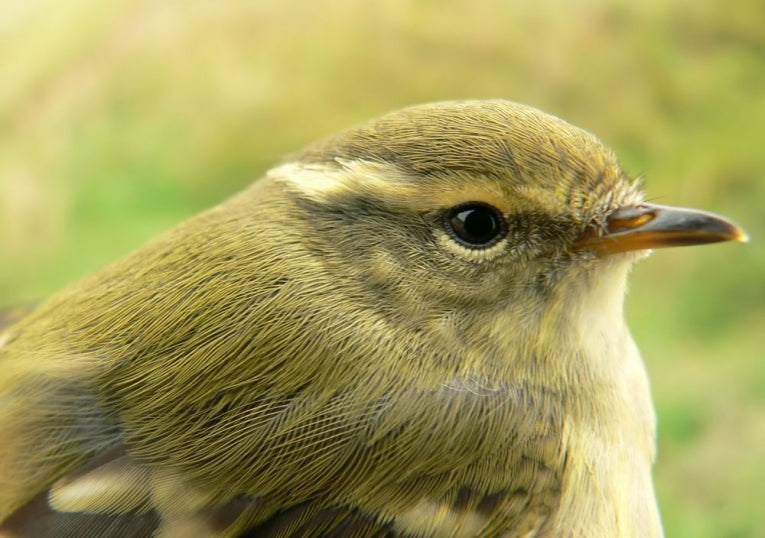The western Himalayas around Kashmir have many birds in the forests there which use alarm signals. In a sort of time-saving device, they seem to have learned to listen. They take other species alarm calls and use them to act "heterospecifically." Conflict could arise when the design of a signal does not make it suitable for use outside the species, as in breeding songs.
Perhaps, however, such ecological niceties just don't matter, being neither especially beneficial nor costly to the bird who signals. He may be detected and eaten by a predator for example. Owls such as Glaucidium brodei and Strix aluco and hawks such as Accipiter nisu are present in the various forests. They certainly eat these small birds.
To this end, the two authors of a paper, Learning and signal copying facilitate communication among bird species, published by the Proceedings of the Royal Society B: Biological Sciences studied species' mobbing behaviour in response to these predators. The songbirds in the "mob" involved were from many species, using loud vocalisations and large groups to be successful in preventing the actions of predators.
As the number of birds is relevant to success, the interspecific signalling is vital. The same calls could be used for territorial disputes or to keep flocks together. Sometimes the calls didn't seem to be recognised until repeated exposure to them created learning among the different species. The researchers believed mimics would be really useful in this situation, cutting down on the learning time. Then even a naà ¯ve bird can respond without delay.
In general, the birds didn't relate to similar signals. This indicates there isn't much benefit otherwise from heterospecific interaction. Only alarm calls might benefit the whole assembly of species. Mobbing calls have become different for each species, rather than more similar. The need to respond to another species when they occur in your habitat must be strong, however. The proud claim of David Wheatcroft and Trevor D. Price of the University of Chicago and Uppsala University is that their paper records a learning first for the assemblies of a number of species. Both mammals and birds have been studied in attempts to prove such learning takes place.
Birds respond weakly to calls from other species that do not occur with them in their habitat. The response from some co-occurring birds was probably strongly associated by the individual birds, but even when they had never heard such a call, the response could still take place. The superb fairy wren, Malurus cyaneus, responds to such strange calls if they are like their own, while some drongos, Dicrurus paradiseus, mimic other species when they are with them, as the authors had suggested.

This little guy from Kashmir is obviously useful in responding to calls. The superb fairy wren can identify alarm calls if they are similar to those of his own species, as described above; Fairy Wren Image Credit: © Shutterstock
The various warblers used in these forest experiments can also incorporate the call of other species into their repertoire. With few birds in their habitat, the two brown-barred warbler and greenish warbler species regularly mob together although their alarm calls are very different. Even naà ¯ve birds respond, indicating they may bypass the learning of others' calls.
When the two species overlap, Phylloscopus pulcher's call is incorporated into the greenish warbler, P. trochiloides', various alarm calls, but not the other way around. Surprisingly within the same genus, the two birds are not closely-related, as they haven't had a common ancestor for >12 million years. Their habitats are very similar however, so some cooperative effort obviously pays for species in natural selection. Mutualism is all around us, it seems, and it makes recognising your allies profitable.










